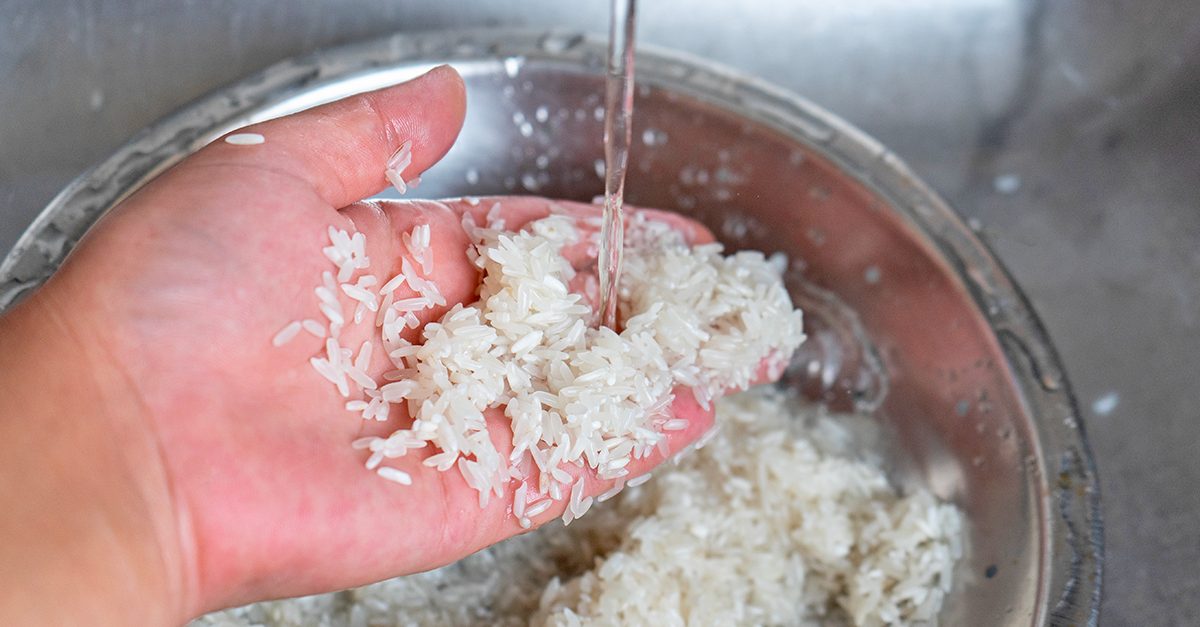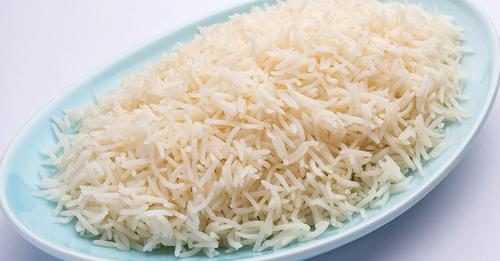Are You Cooking Rice the Wrong Way?
Rice is a big part of a lot of people’s diets, and it’s flexible and convenient. But have we been cooking our rice wrong all this time? Yes, according to Alison Cayne, author of The Haven’s Kitchen Cooking School. Here, she lets us know exactly what we’ve been doing wrong!
;)
Rice is a big part of a lot of people’s diets, and it’s flexible and convenient. But have we been cooking our rice wrong all this time? Yes, according to Alison Cayne, author of The Haven’s Kitchen Cooking School. Here, she lets us know exactly what we’ve been doing wrong!
1. Not Measuring Properly

If you look at the back of a packet of rice, it will tell you the rice-to-liquid ratio. You would think it would be a standard measurement across all brands, but that’s not the case. To avoid the guesswork, Cayne suggests this formula: 1 ½ cups of liquid for every cup of raw white rice, and 2 cups of liquid for every cup of raw brown rice. Brown rice needs more water to soften the outer covering of bran on the rice grains.
2. Not Rinsing Before Cooking

Not everyone minds sticky, starchy rice, but if you want the grains to be fluffy and separate, you’ll need to give the rice a rinse before cooking. Cayne says to place the rice in a fine mesh sieve, and run cold water over it for around two minutes.
3. Not Knowing Which Burner on Your Stove to Use

This one seems a bit strange, but according to Cayne you need to know your stovetop well. After you have put the rice and liquid in a pan and brought it to the boil, you will need to reduce the heat to the lowest setting, and cover the pan with a tight-fitting lid.
This all seems normal so far, but Cayne says you should use the lowest setting on the weakest burner on your stove. Say what? She says most of us have no idea that each burner on our ranges is different in subtle ways. I must admit, I didn’t know this – did you?
Find out which of your burners puts out the least heat, and use that one for rice. The pot lid shouldn’t vibrate, and the rice should be simmering gently inside on the lowest heat setting. If your flame is too high, the outside of the rice will be soft, but the inside could still be crunchy.
4. Not Resting the Rice After Cooking

We all know that meat needs resting before serving, but it turns out that rice does too. Once the rice is cooked, move the pot to a trivet on the counter with the lid still on so it gently steams for another 5 to 10 minutes.
5. Serving it Clumpy

Once your rice is comfortably rested, Cayne says you should use a fork and gently lift up the rice and drop it back down. Move your fork around the entire pot until you’ve done it all. This technique ensures fluffy rice when you serve it.
;Resize,width=767;)
;Resize,width=712;)
;Resize,width=712;)
;Resize,width=712;)
